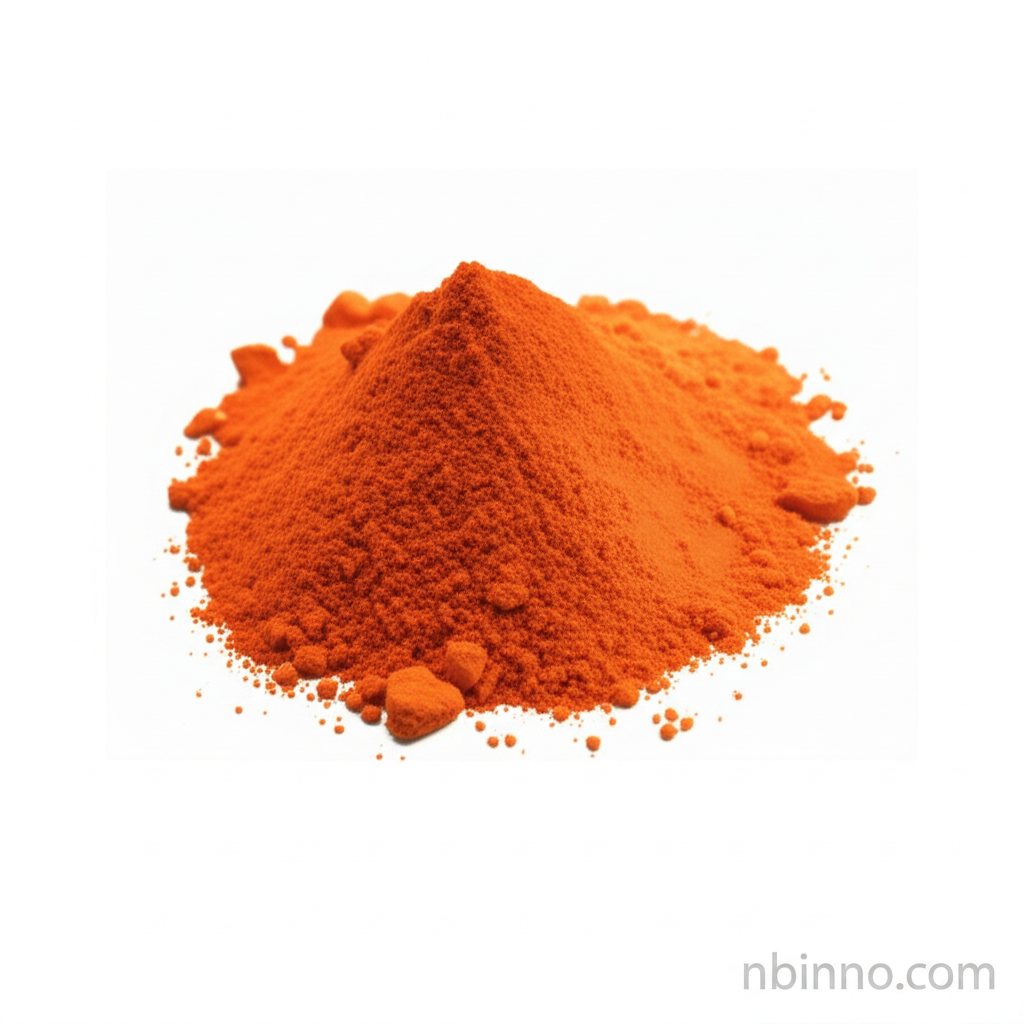Acriflavine Hydrochloride: A Versatile Antiseptic and Dye for Veterinary and Research Applications
Discover the extensive applications of Acriflavine Hydrochloride in animal health and scientific research.
Get a Quote & SampleProduct Core Value

Acriflavine Hydrochloride
Acriflavine Hydrochloride is a highly versatile chemical compound recognized for its potent antiseptic and disinfectant properties. It is extensively used in veterinary medicine to treat a variety of ailments in animals, particularly fish. Its efficacy against bacterial, fungal, and protozoal infections makes it a staple in aquaculture and general animal healthcare. Beyond its medicinal applications, this compound serves as a valuable biological stain and research chemical, contributing to advancements in molecular biology and genetic studies due to its fluorescent nature and DNA-intercalating capabilities. Its broad-spectrum antimicrobial activity also positions it as a key ingredient in wound care formulations and as a topical treatment for various infections.
- Explore the veterinary medicine applications of Acriflavine Hydrochloride for effective animal healthcare.
- Understand how aquaculture benefits from Acriflavine Hydrochloride in treating fish diseases and disinfecting eggs.
- Learn about the role of Acriflavine Hydrochloride as a biological stain in microscopy and its utility in molecular biology research.
- Discover its use as a topical antiseptic for treating wounds and preventing infections in various settings.
Advantages Provided by the Product
Broad-Spectrum Efficacy
Acriflavine Hydrochloride demonstrates effectiveness against a wide range of microorganisms, including bacteria, fungi, and protozoa, making it a reliable choice for various treatment needs.
Versatile Applications
From veterinary medicine and aquaculture to laboratory research and topical treatments, its adaptability ensures its utility across diverse sectors.
Research Utility
Its fluorescent properties and ability to intercalate with DNA make it an invaluable tool for researchers studying cellular structures and genetic mechanisms.
Key Applications
Veterinary Medicine
Used to treat bacterial, fungal, and protozoal infections, as well as wounds and burns in various animal species, particularly in fish care.
Aquaculture
Essential for disinfecting fish eggs, treating external infections, and managing water quality to prevent disease outbreaks in fish farms.
Biological Staining
Employed as a fluorescent dye in microscopy for staining cell nuclei and DNA, aiding in cellular and genetic research.
Antiseptic & Disinfectant
Applied topically to cleanse wounds, prevent infections, and disinfect surfaces due to its potent antimicrobial properties.
